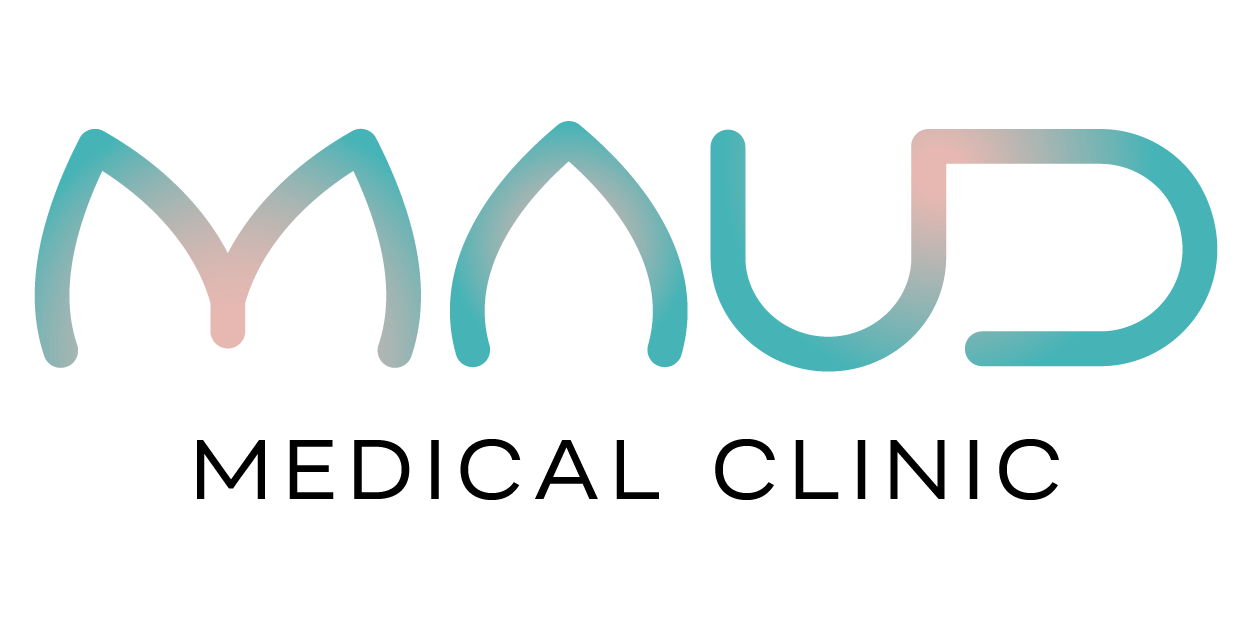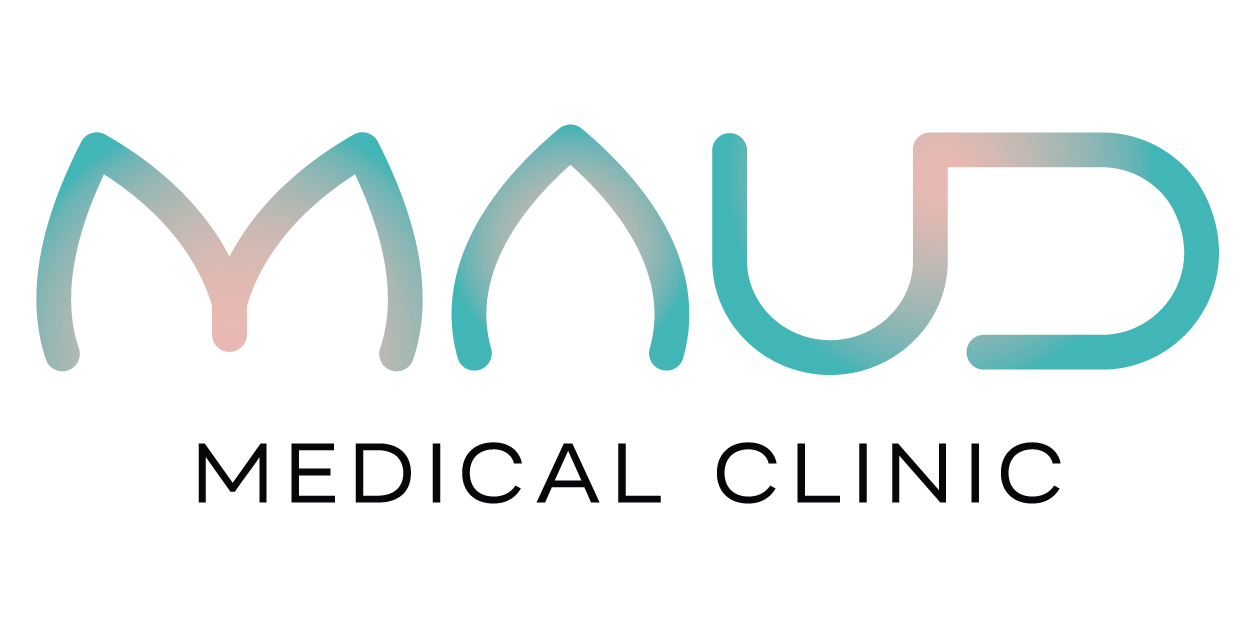Hidradenitis Suppurativa of the Vulva
WHAT IS IT? Hidradenitis Suppurative (HS) is a chronic, recurrent disease that presents with sore red lumps that look like “boils”. These painful lesions may be found under the arms and breasts and in the groin, buttock and peri-anal areas. These boils appear suddenly, increase in size rapidly and can then rupture or drain. This condition is sometimes referred to as “inverse acne” because it presents like the severe cystic acne vulgaris usually seen on the face, chest and back in teenagers, with painful cysts, sinuses, blackheads and scars. It is more common in women than in men.
WHAT DOES IT LOOK LIKE? There are red, swollen, pimples first that develop into “boils”. These heal with pitted scars. The “boils” can be scattered in an area or grouped together. Blackheads may be seen. Some patients have 1-2 areas involved while others will have many areas extensively involved. The grouped lesions may form a large swollen area that is connected by small tunnels under the skin, called sinuses. Some patients notice discharge from the skin and an abnormal smell.
WHY ME? The condition occurs due to blockage of the sweat gland duct and/or hair follicles. In HS the cells lining the follicle shed, as they normally do, but they then get stuck causing a blockage of the follicle, oil and sweat gland. Inflammation an irritation begins and spreads underneath the skin. The area can secondarily become infected. The problem may be hereditary. The skin condition can affect the appearance and function of the genitilia. Many women feel embarrassed by the appearance of the skin. The condition can be painful and have a negative impact on daily living activities (clothing choices, sitting, exercise) and sexual activities. The condition may affect your self image and sexual self esteem. This is a natural reaction to having this skin condition.
WHAT DOES NOT CAUSE HS? It is not due to infection, smoking or washing habits.
WHAT ARE THE FACTORS THAT MAKE IT WORSE? Things that can make the skin worse include: wearing tight clothing, friction and or rubbing of the skink, squeezing the lesions, smoking, diet. The lesions may fluctuate depending on the phase of the menstrual cycle.
HOW DO YOU DIAGNOSE THIS CONDITION? The diagnosis is clinical. The pattern of recurrent “boils” in these particular areas especially when they do not respond to standard antibiotics is a good clue.
HOW DO YOU TREAT THIS CONDITION? There are many different treatments. Patients may need to try more then one treatment, and or combine treatments. The recommended treatment will depend on the severity of the skin disease. The severity of the disease depends on absence and or presence of inflammatory nodules, abscesses or draining fistulas. Below is a brief outline of some of the treatments available.
ANTIBIOTICS: Topical antibiotics can be used for mild disease - eg. clindamycin. Systemic antibiotics (eg. plain tetracycline, doxycycline or minocycline) and are usually prescribed for weeks or months of therapy. These may be combined with other antibiotics (eg. clindamycin-rifampicin) or non-steroidal anti-inflammatories to help decrease the inflammation when the ducts break down.
CORTICOSTEROIDS: For local small lesions, cortisone (usually triamcinolone) injections into the lesions can be used. Oral corticosteroids are only used for short periods of time.
COUNSELLING: Since HS is a chronic disease many patients will benefit from counselling to help address the negative impact this disease has had on their quality of life and facilitate their ability to cope with the chronic nature of this disease.

